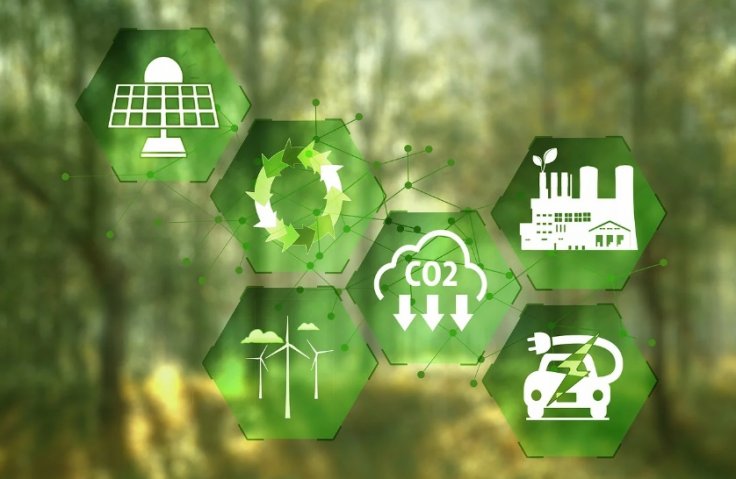The world's energy transition journey is set to receive a boost with Japan-based Mitsui beginning the construction of a clean ammonia production plant in the UAE.
In a press statement, the company said that the new plant will be built in partnership with Abu Dhabi National Oil Company, Fertiglobe, and South Korea's GS Energy Corporation.

In addition, Mitsui has signed a loan agreement with the Japan Bank for International Cooperation to finance the development of the project.
Plant to begin operational in 2027
Mitsui said in the press statement that the new plant which is being built in Al Ruwais, UAE, will become operational in 2027.
Upon completion, the plant is expected to produce 1 million tons per year of ammonia with lower CO2 emissions compared to conventional ammonia.
To achieve CO2 emission reductions, additional facilities will be installed in the plant to capture and store CO2 emitted in the manufacturing process, with plans to begin production of clean ammonia by 2030.
Moreover, Mitsui will also offtake a certain volume of the clean ammonia produced at the plant for supplying Japan and other Asian markets, thereby contributing to the decarbonization of society as a whole, through its use in fuel applications, chemical and fertilizer feedstock applications, and other industries, the statement added.
Mitsui has been handling ammonia for about 50 years, and continues to be the largest importer to Japan for many years.
The Japanese firm and ADNOC have been jointly developing and managing liquefied natural gas (LNG) plant in the UAE since the 1970s.
Energy transition continues
Energy transition was the top agenda during last year's United Nations Climate Summit, also known as COP28 which was held in the UAE.
According to think tanks like the International Energy Agency, the world should reduce emissions at the earliest by embracing renewables like solar, wind, clean ammonia and green hydrogen to meet the net-zero goals.








